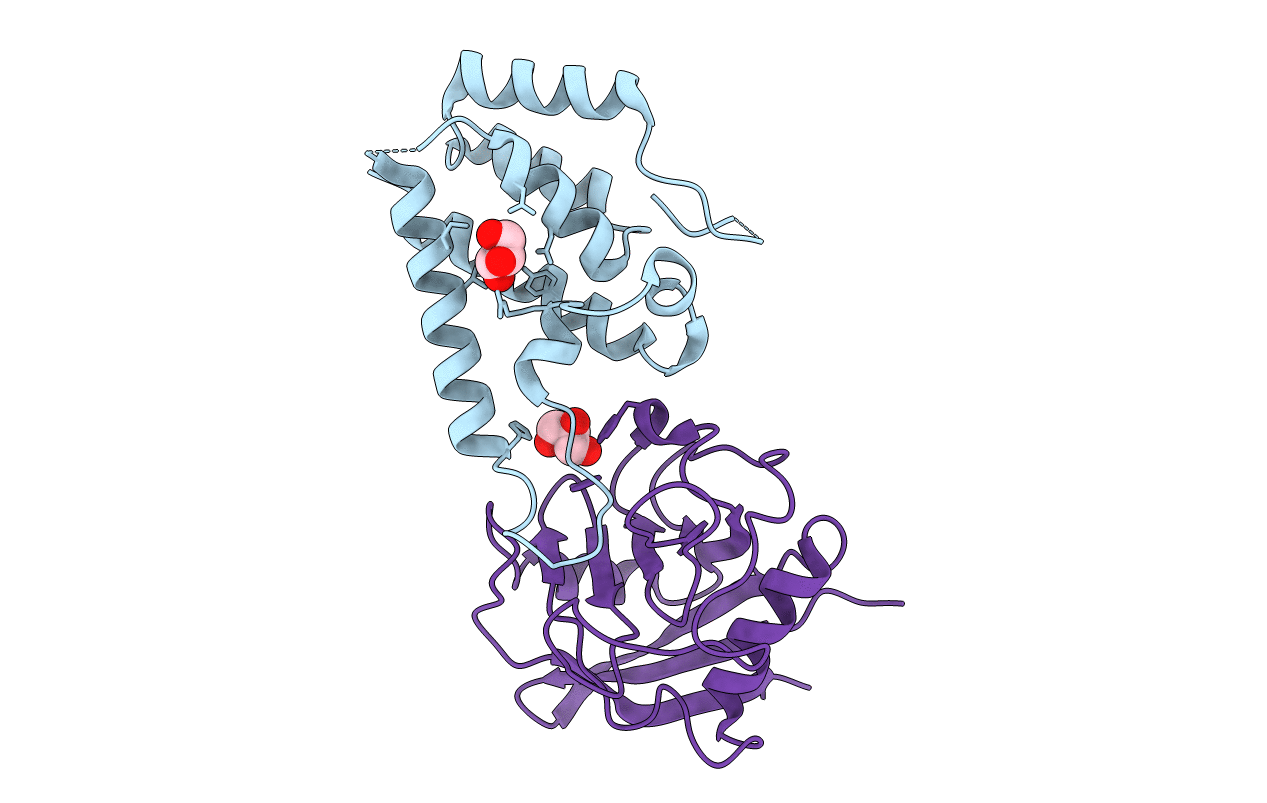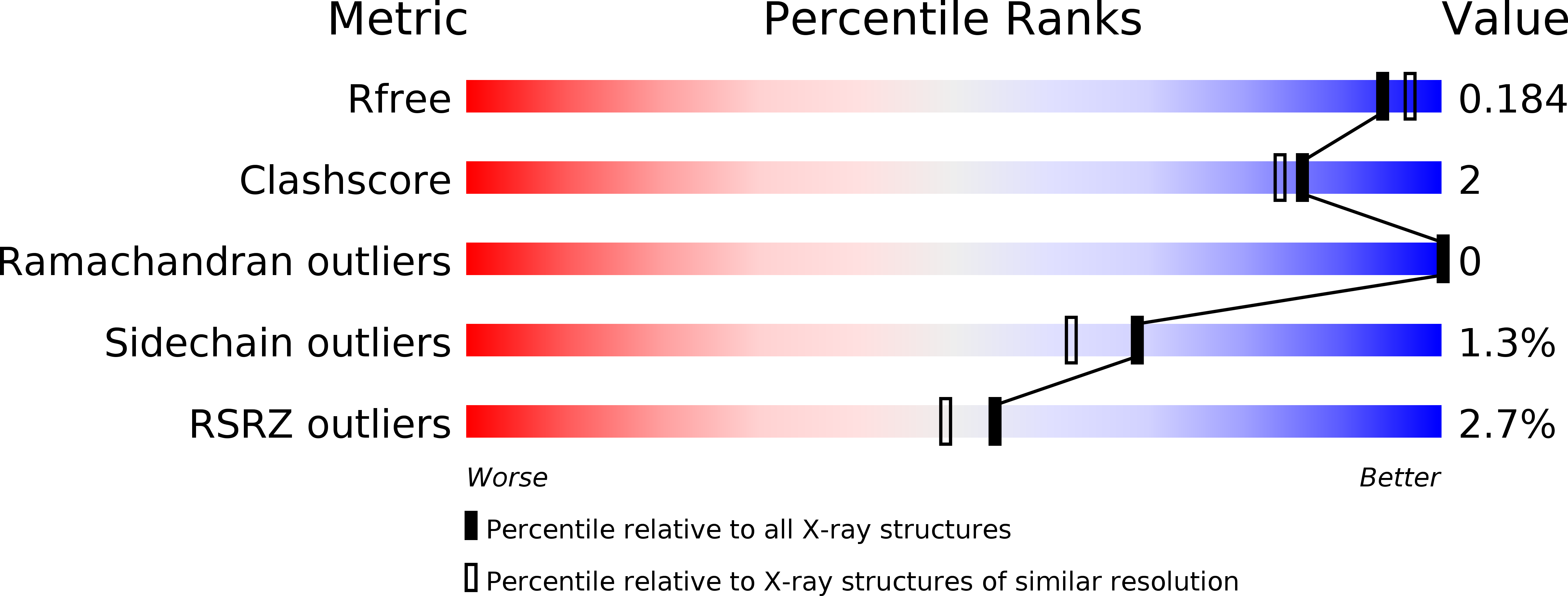
Deposition Date
2010-06-08
Release Date
2010-09-22
Last Version Date
2024-05-08
Entry Detail
PDB ID:
2XGY
Keywords:
Title:
Complex of Rabbit Endogenous Lentivirus (RELIK)Capsid with Cyclophilin A
Biological Source:
Source Organism:
ORYCTOLAGUS CUNICULUS (Taxon ID: 9986)
HOMO SAPIENS (Taxon ID: 9606)
HOMO SAPIENS (Taxon ID: 9606)
Host Organism:
Method Details:
Experimental Method:
Resolution:
1.80 Å
R-Value Free:
0.18
R-Value Work:
0.15
R-Value Observed:
0.15
Space Group:
P 61


